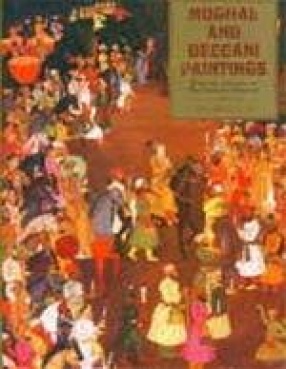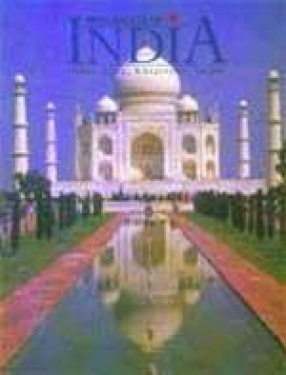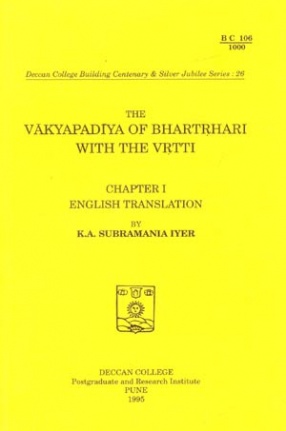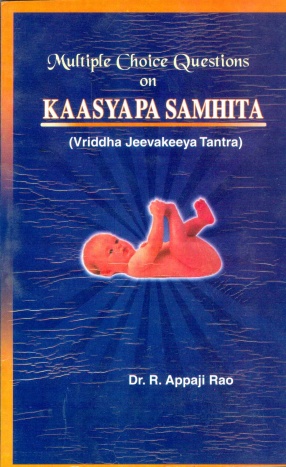Shakuntala
Synopsis
From the preface: "The National Museum, New Delhi had bought in 1989 a set of 53 precious painting serialising the tale of Shakuntala's legendary romance. Considering their great artistic merit an expert-member of National Museum's purchase committee the renowned art historian Karl Khandalavala who was also the chief editor of the Lalit Kala Akademi, New Delhi, sought to initiate their publication, as a result of which in 1991 Lalit Kala brought out under the title Kalidasa's Sakuntalam a portfolio comprising of eight of these paintings. Besides what the title suggested, the introductory note to the portfolio claimed that 'this illustrated manuscript relates to the poet Kalidasa's famous classic poem Abhijnana Sakuntalam. The legend as has been reproduced here is an assimilation of its various versions. It is broadly based on Kalidasa's Abhijnana Shakuntalam, but for its beginning it has sought its material from Mahabharata, Shabda Kalpadrum, Bhagavtapurana and the painted series. For anyone who reproduces a story which a genius like Kalidasa has depicted originally it is almost impossible to accomplish perfection. We have tried in this reproduction to retain the spirit of the legend as it is in Mahabharata, the aesthetic excellence and themetic expansion as in Abhijnana Shakuntalam, the vividness and deeper implications as in the painted series and the stylistic simplicity as it is in Abanindranath Tagore's Sakuntala. The retelling has been built up incorporating in it whatever significant any known version of the tale has so far added to the Shakuntala legend. The second part of the text is devoted to trace the development of the legend through ages. Such assessment is not restricted to mere themetic growth of the tale. It also evaluates how a simple legend of Mahabharata becomes a great literary classic of all times when the great creative genius of Kalidasa blends with it the colours of his imagination. However, we have been able to identify, acknowledge and honour the individuality with which the unknown artist, in all probabilities from Hindur, has made a significant departure from Kalidasa. Abanindranath Tagore's unique simplicity of style and blending of various elements in his tale are his points of distinction. The third part is exclusively devoted to a detailed study of the painted series. With its primary stress, obviously, on this painted series this volume aims at providing a broad and basic idea of Shakuntala legend reaching us so far in whatever medium." Abhijnana Shakuntalam is a legend of human sentiments. It has in it man's virtue and infirmities, his failures and achievements, the milk-like purity of character and a fawn-like innocence. It is a tale of coy maidenhood, of great love, of deep friendship and of man's unique harmony with his surroundings. The canvas that Kalidasa has used is so pure and transparent that it reflects the slightest stroke made on it and may be read from all sides alike. For Kalidasa Shakuntala is a legend and legends do not pertain to individuals as do chronologies or histories.... A legend, pertains to a sentiment which transcending barriers of chronologies, and of time, space and individualities acquires cosmic magnitude and pervades as its spirit. Shakuntala's love is in Abhijnana Shakuntalam a cosmic phenomenon.... the nucleus of his drama Kalidasa has created out of Mahabharata's simple tale of Bharata's birth a great legend of human love. The puranas.... weave Shakuntala legend around King Dushyanta; the imaginative Kalidasa weaves it around Shakuntala whose enchanting beauty drags King Dushyanta into maddening love but, to the unknown painter of the series it is the ballad of naive coyish wonanhood endowed with unparalleled beauty, nature's purity and divinity of love which Shakuntala in her capacity as sage Kanva's daughter represents. He paints nature as landscape to his human drama, yet, as in the works of the English novelist Thomas Hardy, his rendering subordinates man to his surroundings obeying nature's dictates. Before a man has sprouting in him a reverence for love, peace and life, the nature in artist's creation comes out with such sublimity that he has germinated in him a human passion, the nature precedes him by its own passionate acts guiding and strengthening and at times reverting and restraining his act.
Read more
118.75
106.875
$
125.00 $
Free delivery Wolrdwidе in 10-18 days
Ships in 2-4 days from New Delhi
Membership for 1 Year $35.00
Get it now and save 10%
Get it now and save 10%
BECOME A MEMBER









Bibliographic information
Dr. Daljeet